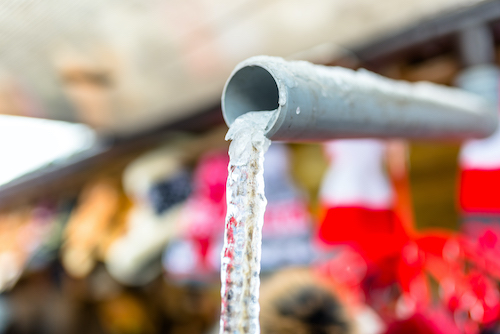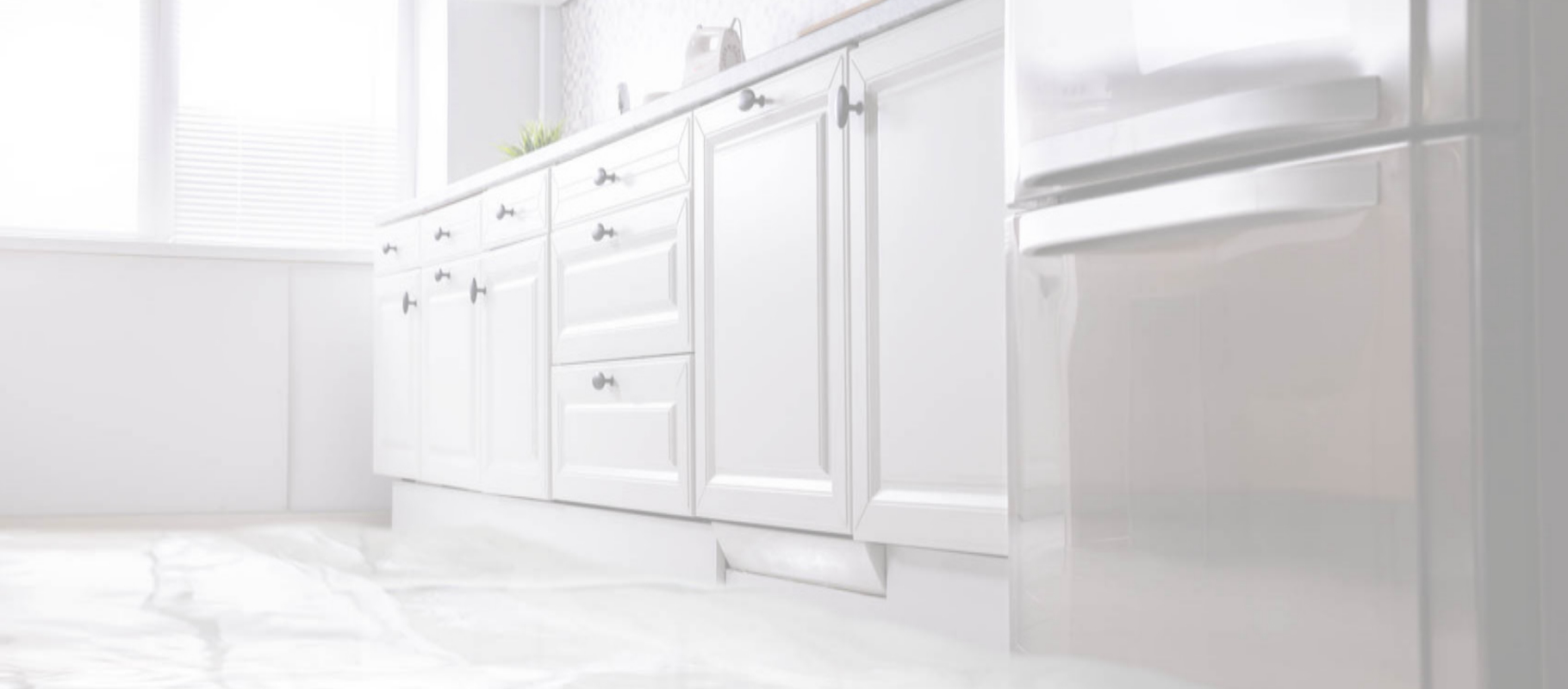24/7
Emergency Services
We Work Directly
With Your Insurance Company
We Help
Save You Money
Four Common Forms of Winter Water Damage to Connecticut Homes

As the temperatures start to drop, Connecticut homeowners have many seasonal projects to complete and plans to make. One issue that everyone from Darien to Fairfield should be ready for is water damage.
You may associate water damage with summer storms or spring thaws, but it can also occur during the winter months. Here are a few of the most common forms of winter water damage that we see as Westport-based water damage professionals.
Winter Worry Number One: Frozen Interior Pipes
The lower the temperature, the higher the change that pipes will freeze. When water freezes, it expands, and expanding water can cause your pipes to break open. When the ice finally thaws, the broken pipes can burst and leak. These situations are particularly damaging if they go unnoticed, such as in a hidden area or if you are away on a winter vacation.
Older Connecticut homes are in the greatest danger of experiencing frozen pipes. In older homes, plumbing is often located around exterior walls, in the basement or attic, and may not be sufficiently insulated. Winter power or furnace failures can also cause pipes to freeze.
Winter Worry Number Two: Ice Dams
Ice dams happen when snow at the high points in the roof melts and water flows down to the low points of the roof, where temperatures are colder and it re-freezes. This ice can build up on the roof and back up under the shingles. Eventually, the ice penetrates all layers of your roof and water starts to leak into your home.
Ice dams can be caused by things you can control, such as poor insulation and ventilation in the attic. They can also be caused by things you can’t control, such as heavy snowfall and fluctuations in winter temperatures. Ice dams can cause major issues, from water damage of surfaces to serious problems with the structure of your roof and even your entire home.
Winter Worry Number Three: Condensation
Water condenses on cold surfaces, and many of our homes have cold surfaces during the winter. Pipes, window panes, door frames, and parts of your attic and basement can collect condensation. The dry air and extreme temperature differences makes this problem more common in winter. Even if you humidify your home, cold air can’t hold much moisture, and condensation can collect and drip onto your wood trim or floors, carpet, drywall, and more. This can lead to water damage and even mold growth.
Winter water damage can be caused by both your interior plumbing and by exterior lines like garden hoses or sprinkler systems. If you forget to turn off, drain, and insulate these outdoor systems, they can be damaged and you can experience leaks in the areas where they connect with your home.
Don’t Wait To Get Professional Water Damage Help This Winter
No matter what the source of the water damage is, ignoring it will always make it worse. With time, water damage will spread to more areas of your home, mold and bacteria can start to grow, and will be faced with a much more extensive restoration process.
Make sure to contact a qualified, local water damage restoration professional as soon as you notice water damage. When you take fast action and get emergency response help, the clean up process will be much easier, and your home and life will get back to normal as quickly as possible. If you are faced with any of the above situations this winter, Riverside Restoration is here to make things right.
Need Help with Restoration & Remediation?
Contact Riverside Restoration

